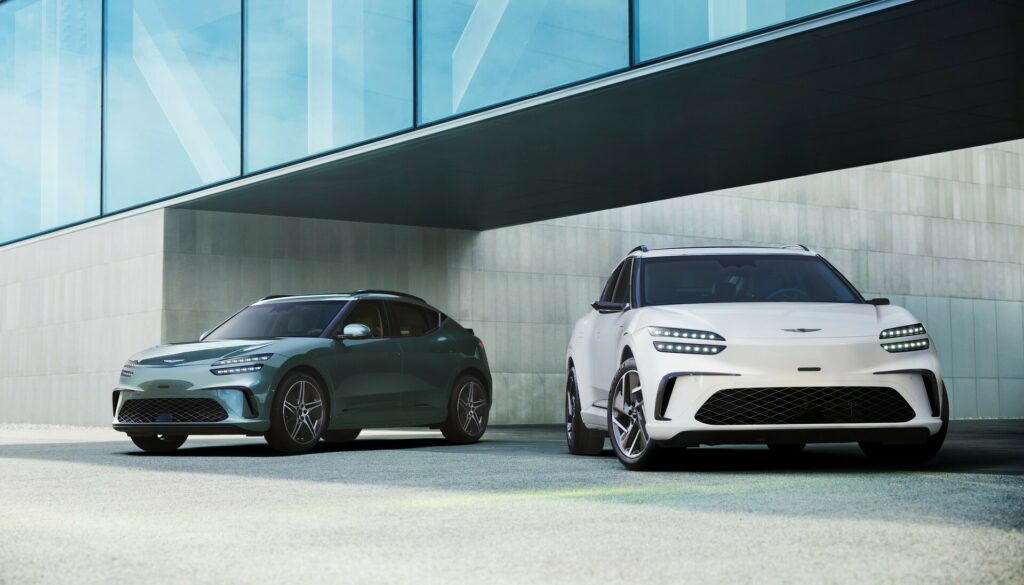This Genesis EV’s Horned Wing Isn’t Just For Show
- The GV60 Magma is giving up more secrets ahead of this summer’s official debut.
- Genesis’ take on the Ioniq 5 N was spotted with a big rear spoiler for the first time.
- The EV debuts at Goodwood in July, a year on from the Magma concept’s unveiling.
It’s two years since Hyundai revealed its epic Ioniq 5 N and three since Kia gave us the first EV6 GT, but only now is Genesis, the Korean conglomerate’s luxury maker, about ready to show us what kind of performance EV it can whip up using the same basic electric building blocks.
The GV60 Magma – Magma being the Genesis brand’s new performance label – is scheduled to make its global debut at next month’s Goodwood Festival of Speed, a year on from the original concept’s reveal at the same location.
Related: This Is The Face Of Genesis’s Fastest Car Yet
While previous spy shots show the production EV won’t look exactly like the concept, new images confirm one element that has definitely made the cut with only subtle changes. That’s the rear spoiler, which was hidden under disguise or just absent on earlier prototypes. Here it’s still covered in camouflage wrap, but the shape is on on full view, revealing horn-like end planes that are even bigger than the concept’s.
As well as being bigger, those end planes are also more vertical, which could be a result of aerodynamic analysis, or simply because Genesis or its customer clinic participants now think they look better this way. Also present is a rear diffuser mounted below the bumper, and the concept’s roof-mounted fins.

These look similar to the ones on a Porsche 911 GT3 RS, a car whose vertical wheelarch wings seem to have inspired the lower parts of the Magma’s arch extensions (though it’s hard to make out on these pictures).
The Magma will probably use the same 84 kWh battery as the Ioniq 5 N and EV6 GT, though considering their unimpressive 200-mile (320 km) real-world range, it would benefit from something bigger. Following a recent EV6 GT update both of those cars make 641 hp (650 PS / 478 kW), but some reports suggest Genesis will push the needle further to cement its position as the performance leader of the group.
We’re also expecting to see the virtual gear shift function that proved such a hit when the 5 N first appeared.



